I’ve just returned from a trip south of the equator, where seasons are topsy-turvy and the attendant winter weather cool and balmy.
So it was with particular awareness that I stepped off the airplane at Louis Armstrong Airport last week and felt that quintessential New Orleans re-entry. You know it. One step onto the jetway and a warm, moist blanket of Big Easy air embraces you like a hot sauna.
You’re home.
That acute awareness of the dog days of a New Orleans summer sparked contemplation of life here versus elsewhere. Of life now versus before. How do we survive? And how did our ancestors manage it, in times bereft of backyard swimming pools and Sno cones?
We may sweat the summers, but surely it was more demanding in days gone by. My kids don’t recall life before computer, cell phone, microwave oven or Instagram. So however would they cope without air conditioning?
In a lighthearted attempt to turn down the heat (at least mentally), I give you a few modern inventions that have indelibly changed summer life in New Orleans as we once knew it.
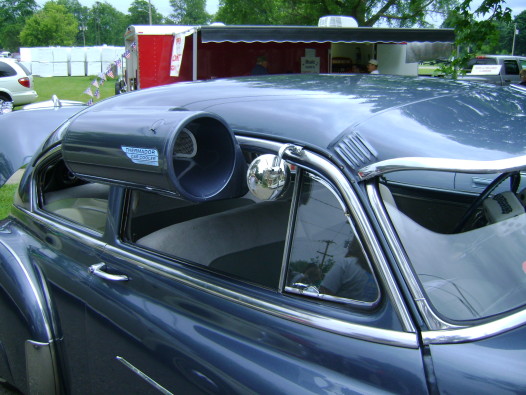
Car AC in the dark ages (Photo: wikicommons.org)
AC
OK, let’s start with the obvious. Growing up in the late ‘50s and ‘60s, I can (barely) recall Life BAC. Back then, the background soundtrack to summer was the whir of an electric fan, and all four windows in family sedans were on permanent roll-down. I recall a road trip to California, circa 1958, with one of the country’s first portable air-conditioners attached clumsily to our front passenger-side door (my dad always did love gadgets). With the advent of universal AC, we saw a decline in the time-honored Southern pastime of stoop-sitting, but gained a certain measure of warm-weather composure. Of course, the constant revolving door from 68-degree retail spaces to 98-degree outdoor ones makes summer, rather than winter, our colds season.
 Sunglasses Curiously, sunglasses became popular in the 1920s not as protection against the sun, or its ultraviolet rays, but with Hollywood stars who wanted to hide their identities from fans (thank you, Wikipedia). Sam Foster sold the first pair of popular shades in 1929 on the boardwalk in Atlantic City, N.J., and within a decade, America had caught on, with 20 million pairs sold in the U.S. in 1937. Nowadays, we know that sunglasses are important to block UV exposure – and New Orleans , according to WebMD, is one of the top five cities nationwide for days with extreme UV levels, at 163 per year (after San Juan, Honolulu, Miami and Tampa Bay). Ostensibly, we all see better now, thanks to our shades.
Sunglasses Curiously, sunglasses became popular in the 1920s not as protection against the sun, or its ultraviolet rays, but with Hollywood stars who wanted to hide their identities from fans (thank you, Wikipedia). Sam Foster sold the first pair of popular shades in 1929 on the boardwalk in Atlantic City, N.J., and within a decade, America had caught on, with 20 million pairs sold in the U.S. in 1937. Nowadays, we know that sunglasses are important to block UV exposure – and New Orleans , according to WebMD, is one of the top five cities nationwide for days with extreme UV levels, at 163 per year (after San Juan, Honolulu, Miami and Tampa Bay). Ostensibly, we all see better now, thanks to our shades.
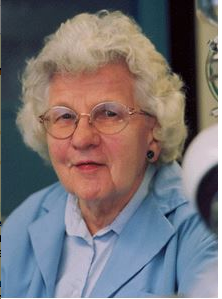
The original Dr. Ruth (Photo: Wikipedia.org)
Wrinkle-free cotton
It was a New Orleanian, Ruth Benerito (aka Dr. Ruth), who saved not only the U.S. cotton industry, but also those of us who must wear breathable fibers in 100-degree weather and don’t want to heat up the iron to do so. In the 1960s, the U.S. public embraced such cutting-edge blends as polyester and rayon for their easy care. But in sun-soaked climes like ours, cotton was kinder. Dr. Ruth, who owned some 55 patents, was working at the USDA lab in New Orleans in the 1950s when she came up with a way to treat cotton in a process called crosslinking to make it wrinkle-free.
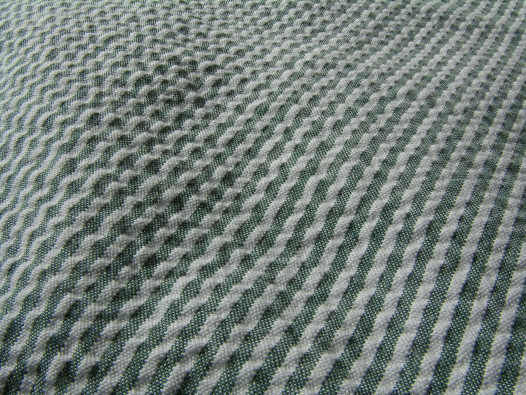
A cloth that skims the skin (Photo: Wikipedia.org)
And, while we’re at it, seersucker
So uniquely New Orleans, that seersucker. Although, according to some sources, this cotton fabric has Brit written all over it: Seersucker once was popular in hot British colonial climes like India. The U.S. Senate website, however, maintains that it was a New Orleans clothier in 1907 who made summer wear forever more comfortable by designing the seersucker suit. And, according to this online source, Mississippi senator Trent Lott introduced an annual Seersucker Thursday each June among Congressmen (and women). Whatever its derivation, seersucker is woven so that the threads bunch together, giving the fabric a wrinkled look but causing it to be mostly held away from the skin, allowing heat dissipation and air circulation. That means it also doesn’t need ironing (see wrinkle-free cotton, above).
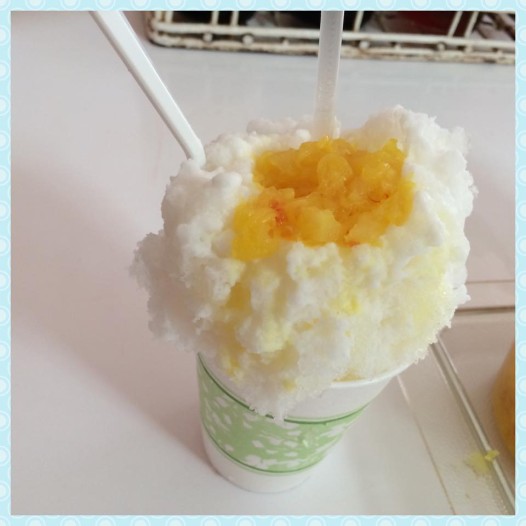
Smoother ice (Photo: www.snobliz.com)
Sno Cones
Who could get through a New Orleans summer without an occasional scoop of shaved ice and flavorings? And, while snow-balls trace their roots to mid-19th century northern ice routes, the sno-cone is a uniquely New Orleans confection. Its finely shaved ice is thinner and fluffier than its coarser and crunchier northern counterpart. The earliest prototypes are Hansen’s Sno-Bliz and SnoWizard, both still operating. Don’t try summer without them.
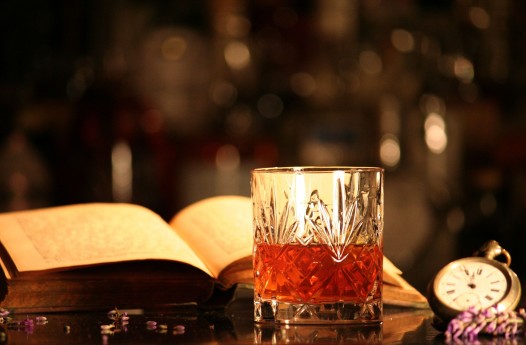
Sazerac for summer cooling (Photo: wikicommons.org)
Cocktails
Specifically, a Sazerac. Invented in the mid-1800s at the Sazerac Coffee House in New Orleans, this iconic Southern drink (the city’s – and, some argue, the nation’s — first cocktail concoction) combines rye whiskey, sugar, bitters and a few drops of absinthe. So why is this a great intervention for a steamy summer day? It’s the essence of anise in the absinthe, which cools you down.
That is an explanation — and an excuse — that may well get me through July.
 NOLAbeings Multimedia artist Claire Bangser created NOLAbeings as a portrait-based story project that marries...
NOLAbeings Multimedia artist Claire Bangser created NOLAbeings as a portrait-based story project that marries...  Voodoo in New Orleans: Reviving history: New Orleans fortune telling This article takes a deep dive into the history of Voodoo in New Orleans, its hybridization with Catholicism, and its present-day place in the city's culture. The author visits fortune-tellers in the French Quarter, using their guidance as a tool for introspection rather than a deterministic predictor of the future. Through her experiences in New Orleans, the author feels a mystical connection to both the past and the future.
Voodoo in New Orleans: Reviving history: New Orleans fortune telling This article takes a deep dive into the history of Voodoo in New Orleans, its hybridization with Catholicism, and its present-day place in the city's culture. The author visits fortune-tellers in the French Quarter, using their guidance as a tool for introspection rather than a deterministic predictor of the future. Through her experiences in New Orleans, the author feels a mystical connection to both the past and the future. 